Our individualized, personal approach for each baby’s ears allows us to achieve consistent results with almost 100% correction of most deformities, provided treatment is started early enough in life.
Our individualized, personal approach for each baby’s ears allows us to achieve consistent results with almost 100% correction of most deformities, provided treatment is started early enough in life.

Newborn ear deformities occur fairly frequently, with some studies reporting an incidence as high as 20-35% in newborns. This includes prominent ears, protruding ears, ears that stick out, folded ears, floppy ears, and pointed ears. Parents often think their baby will “grow into their ears.” However, studies have shown that if the deformity doesn’t correct on its own in the first week after birth, it will remain the same or worsen.
About 70% of baby ear deformities will not improve with time alone.
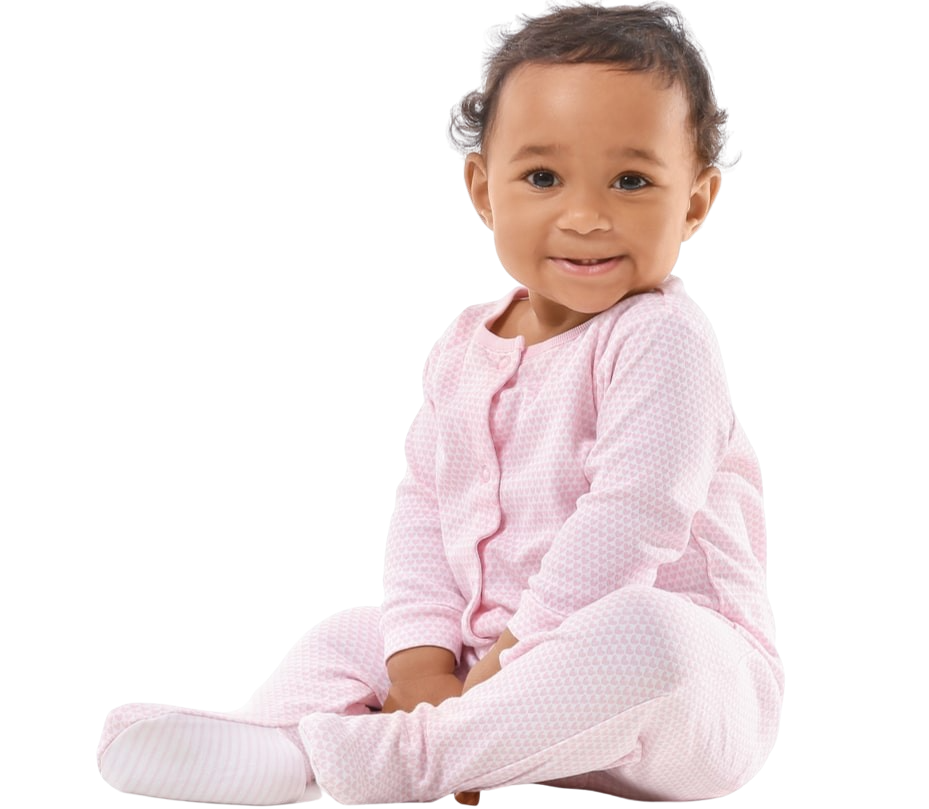
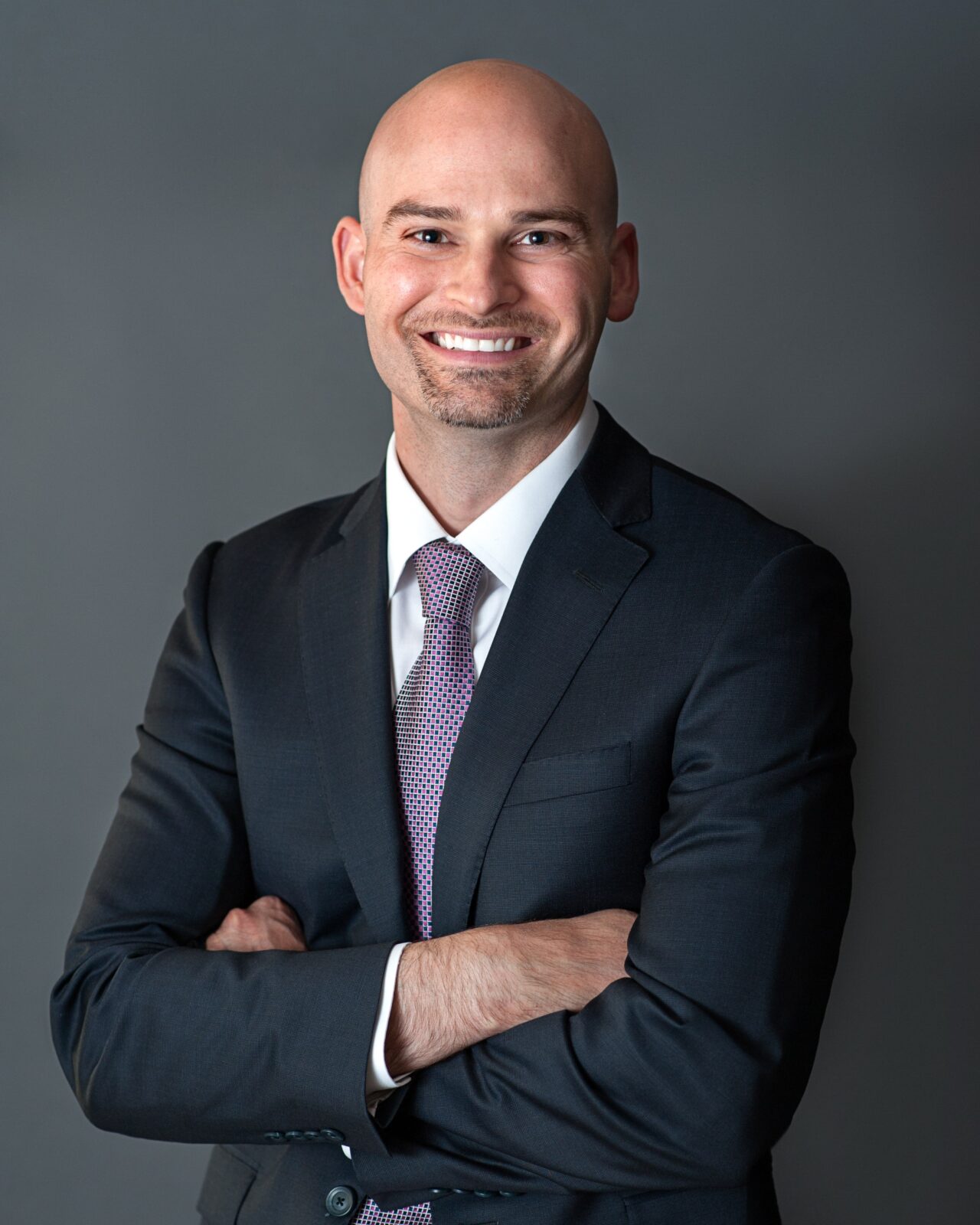
Dr. Shareef Jandali received his MD from Upstate Medical University in Syracuse, NY. He was subsequently accepted to plastic surgery residency training at the University of Pennsylvania, one of the highest-ranked plastic surgery programs in the country. His training included work at the Children’s Hospital of Philadelphia, where he learned ear molding for congenital ear deformities.






Prominent ear deformities occur when the ear muscles that form the bond...
Ear lidding deformities represent about 25% of all infant ear deformities...
Stahl’s ear deformity creates a prominent, pointed appearance and can...
Helical rim ear deformities cause the upper helical to become compressed...
A type of congenital deformity causing the helix, or upper ear ridge to be absent...
An abnormal fold along the cartilage of the hollow middle part of the ear...
This deformity causes the conchal area to face outward, away from the head...
Constricted ear deformities can cause your baby's ear to appear cupped...
Also called hidden ear or pocket ear deformity, cryptotia is an ear...
Newborn earlobe deformities can happen, often causing unwanted changes to...
Microtia is a congenital condition where the ear is not completely formed...
Dr. Shareef Jandali provides truly transformative results for newborns suffering from all types of ear deformities. We perform ear molding with a customized prosthesis that fits comfortably onto the baby’s ear and does not impede infant care, nursing, or sleep.
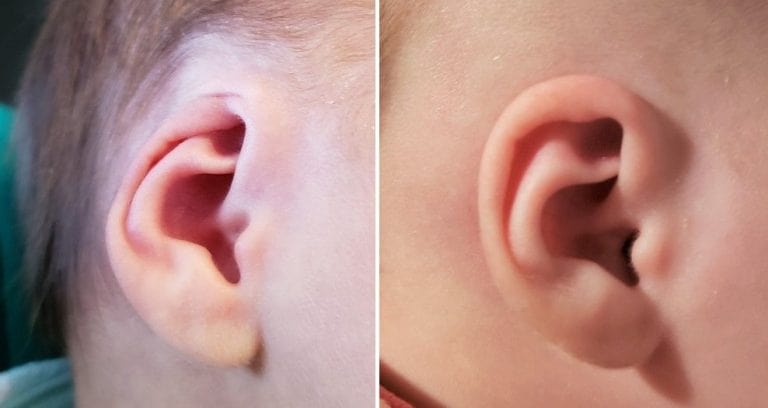
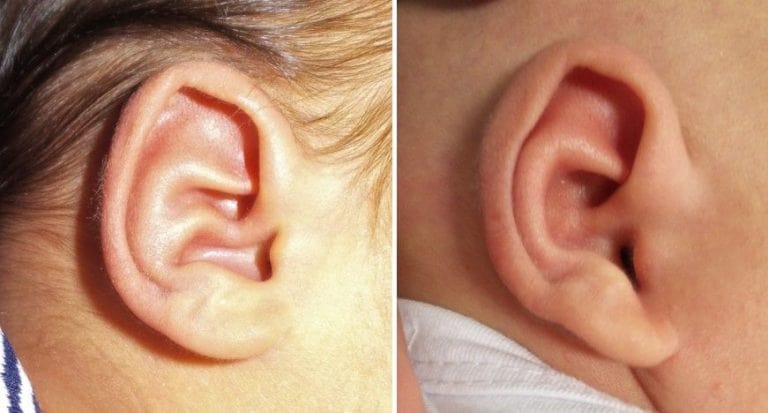
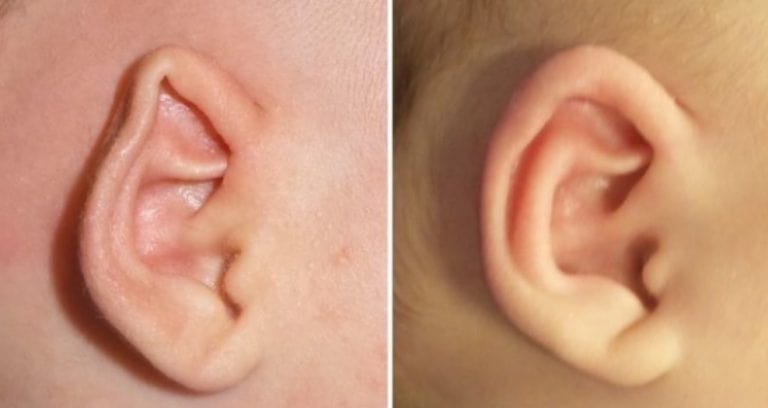
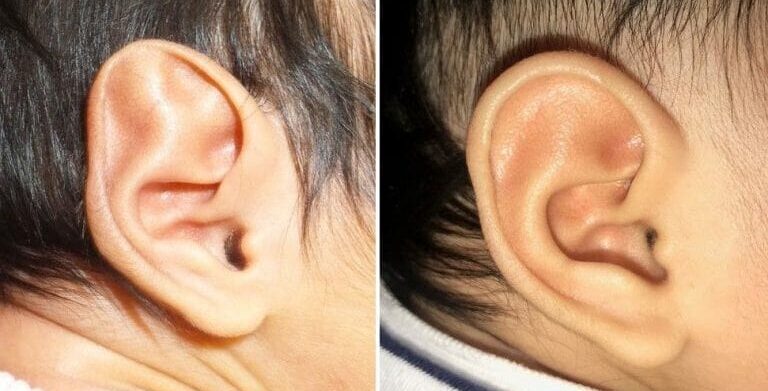
Dr. Shareef Jandali works with all insurance companies to obtain approval for newborn ear correction with ear molding. Infant ear molding is covered by most insurance companies because the ear deformity is considered a congenital deformity. We work with parents to obtain insurance approval before the first office visit, when the mold is applied.


Baby ear cartilage starts to harden at about 6-7 weeks of age. In babies born prematurely, the cartilage stays softer for longer. Therefore, we want to start ear molding before the cartilage hardens, preferably in the first 3 weeks after birth.
Ear molding puts gentle pressure on the cartilage of the ear while it is still soft. The cartilage bends into the correct shape over a few weeks with the mold in place. The mold is then kept in place when the ear cartilage starts to harden to make sure it hardens into the right shape.
Ear tape for protruding ears or other ear deformities is not as effective as ear molding. Tape can also put pressure on the outer rim of the ear, unfolding it and possibly causing further harm. In addition, tape cannot mold and fix complex deformities which need to be completely reshaped.




